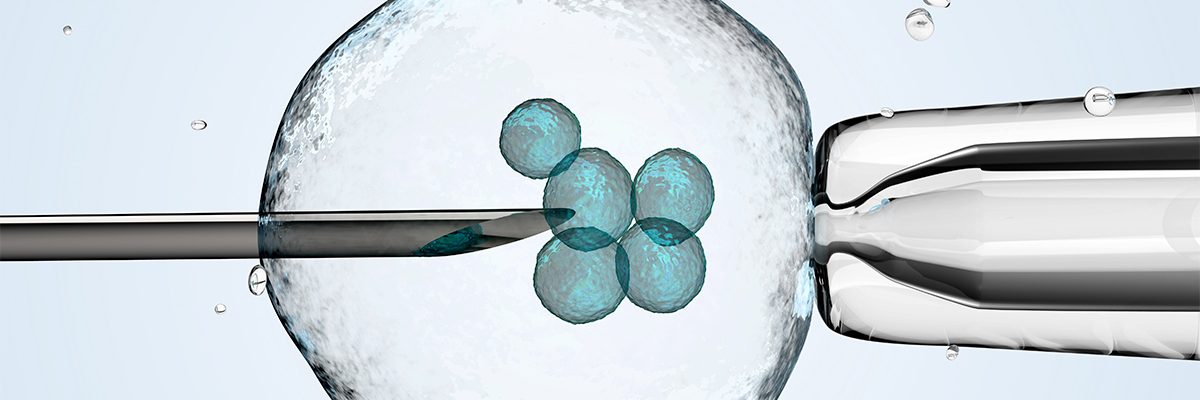Stem cell therapy is a regenerative medicine technique that seeks to harness the body’s innate ability to heal itself. Most people are familiar with the term “bone marrow transplant,” which is one specific form of stem cell therapy. However, there are other types of stem cell therapies that aim to repair and even regenerate diseased, traumatized and/or genetically malformed tissue in other parts of the body, as well (i.e., not just in the blood). These are the types of stem cell therapy procedures we perform here at ThriveMD. Read on for a brief overview of these types of stem cell therapy procedures, why patients need them and how they all work together to offer relief and renewed well-being for the people we treat.
Share this Post
What is Stem Cell Therapy?
Stem cells are the body’s original building blocks. During initial development, they orchestrate the formation of our bodies’ tissues and organs, but some also exist in our adult bodies, acting as powerful repair agents throughout the remainder of our lives by helping our bodies generate healthy cells as others deteriorate. These adult stem cells are the foundation for stem cell therapies used to treat orthopedic conditions. During these types of stem cell therapy procedures, adult stem cells are harvested from a patient’s own body. Oftentimes the best stores of adult stem cells to use to treat orthopedic conditions are located in adipose (fat) tissue and bone marrow; at ThriveMD we usually remove them from these areas using a needle draw and liposuction. We then combine the stem cells with other biologics (also taken from the patient’s own body), injecting the resulting concentrated aspirate back into the patient at the point of cellular degeneration. Research shows that this helps stimulate the body to initiate new cell proliferation, thereby restoring cellular structure and function.
Why are Stem Cell Therapy Procedures Beneficial?
Stem cell therapy procedures — like all forms of regenerative medicine — strive to repair cells, not simply alleviate symptoms stemming from their deterioration. By introducing stem cells to an area of the body with damaged cells, clinicians can potentially initiate a normal immune response that reduces inflammation, increases bloodflow and otherwise creates an environment that is conducive to new cell growth and the restoration of normal cell function. The result: improved mobility and less pain.
How Do Stem Cell Therapy Procedures Work?
Sometimes stem cells can’t readily travel to the area of the body that is damaged. Manually taking them from available stores and “transplanting” them to a region where cells are no longer functioning at 100% enables doctors to facilitate the actual repair of those cells instead of only treating the symptoms of their decline. Studies indicate that stem cell therapy procedures work by releasing anti-inflammatory, anti-apoptotic and anti-fibrotic signals that consequently produce an environment that is favorable for wound healing and tissue regeneration. As wounds heal, normal function is restored and pain diminishes.
Want to Learn More?
Stem cells are mighty tools for tissue regeneration. With them, stem cell therapy procedures can improve and even save lives. To learn more about using stem cells to treat orthopedic injury and disease, please contact our office at ThriveMD. Our medical director, Dr. Scott Brandt, has more than a decade of experience with stem cell therapy procedures and remains actively involved in research and publication within the field of regenerative medicine, as well as pain management. Our team can assess your or a loved one’s history to recommend the best possible treatment options.


